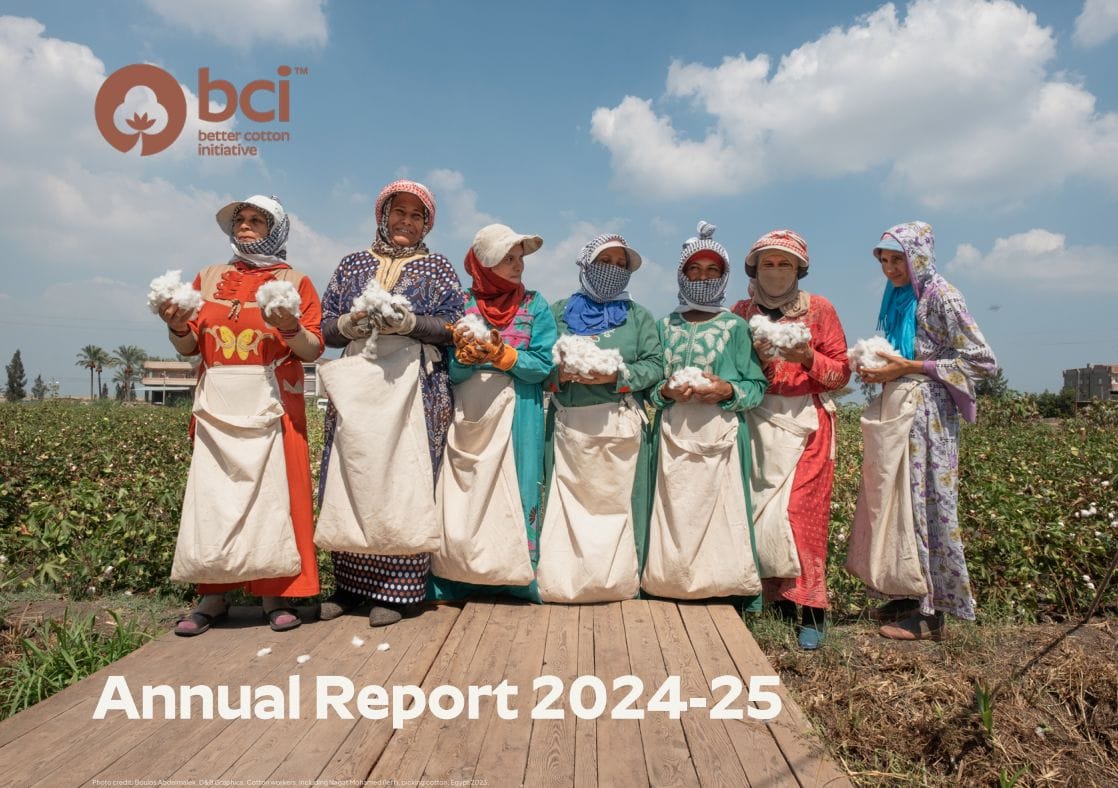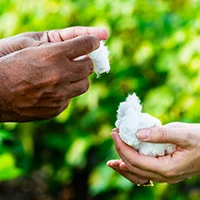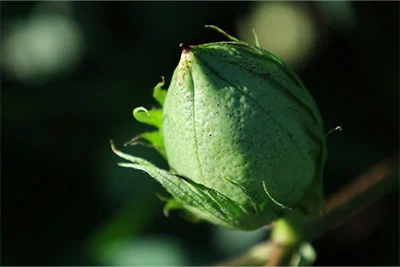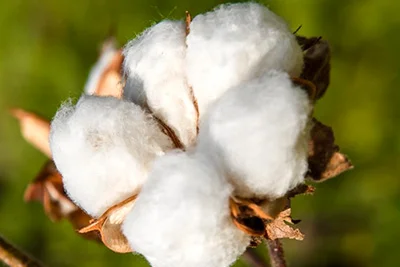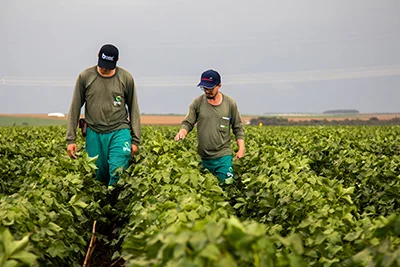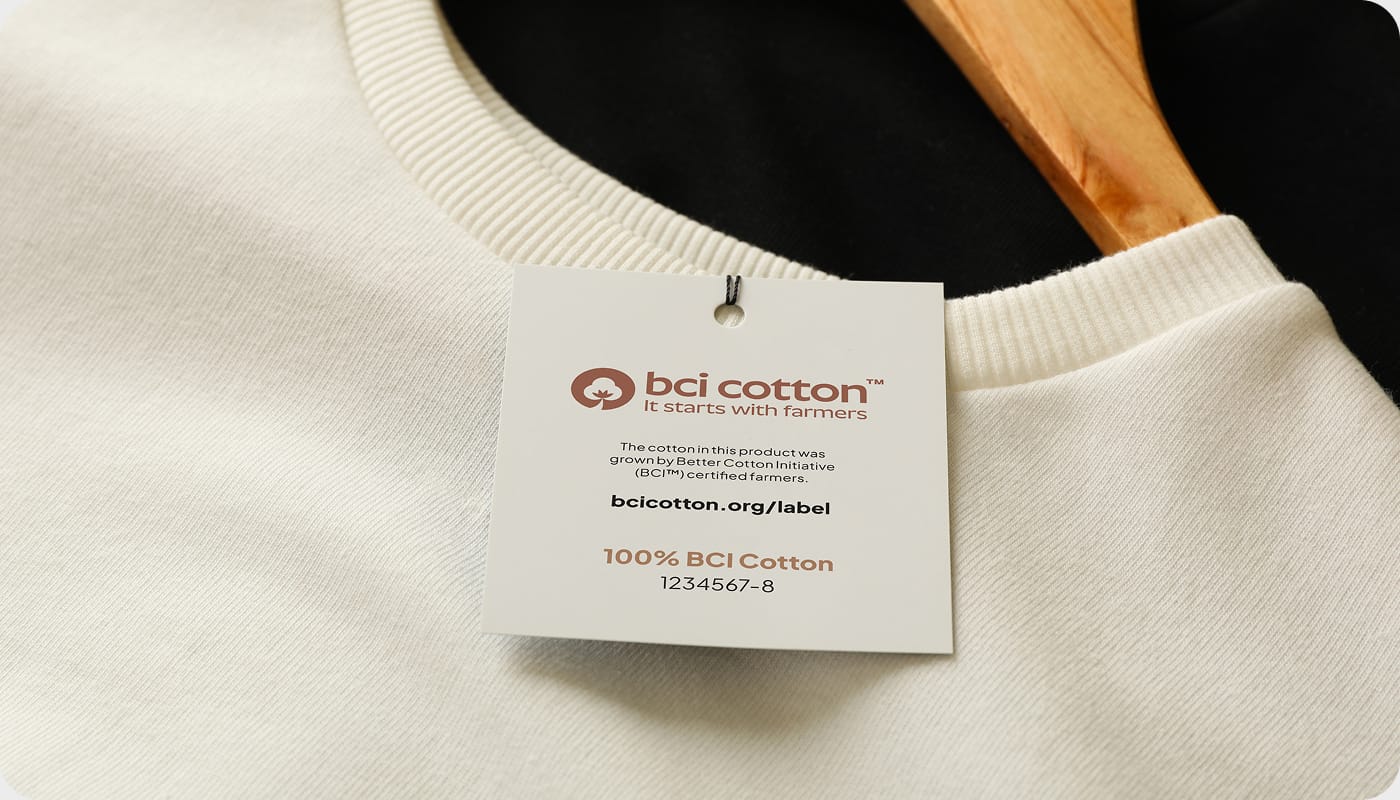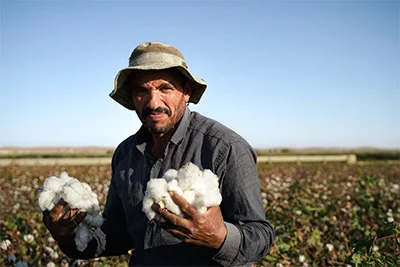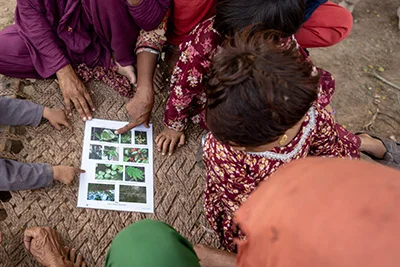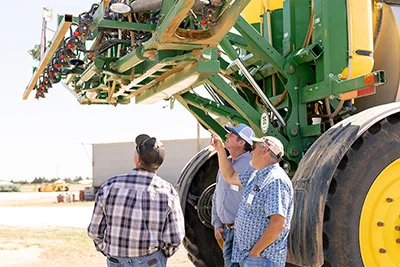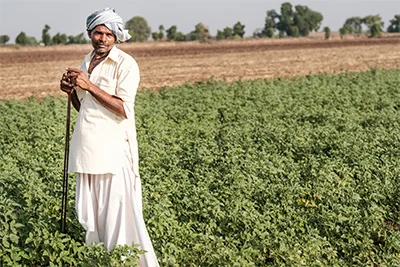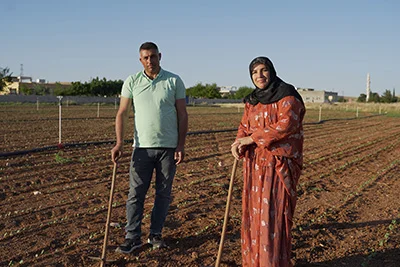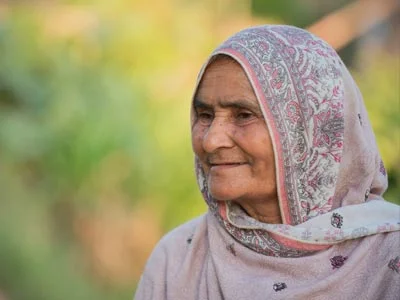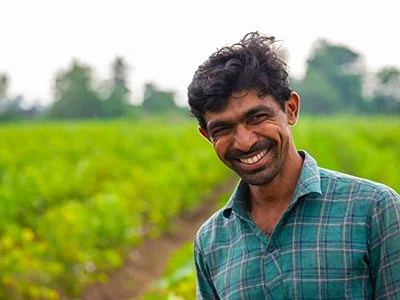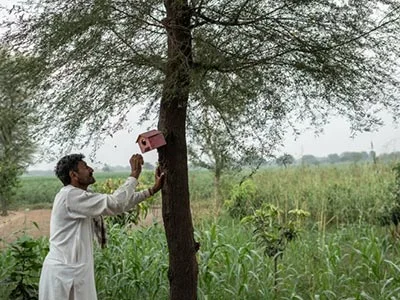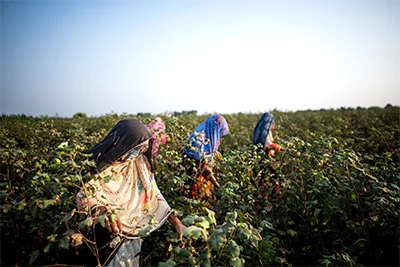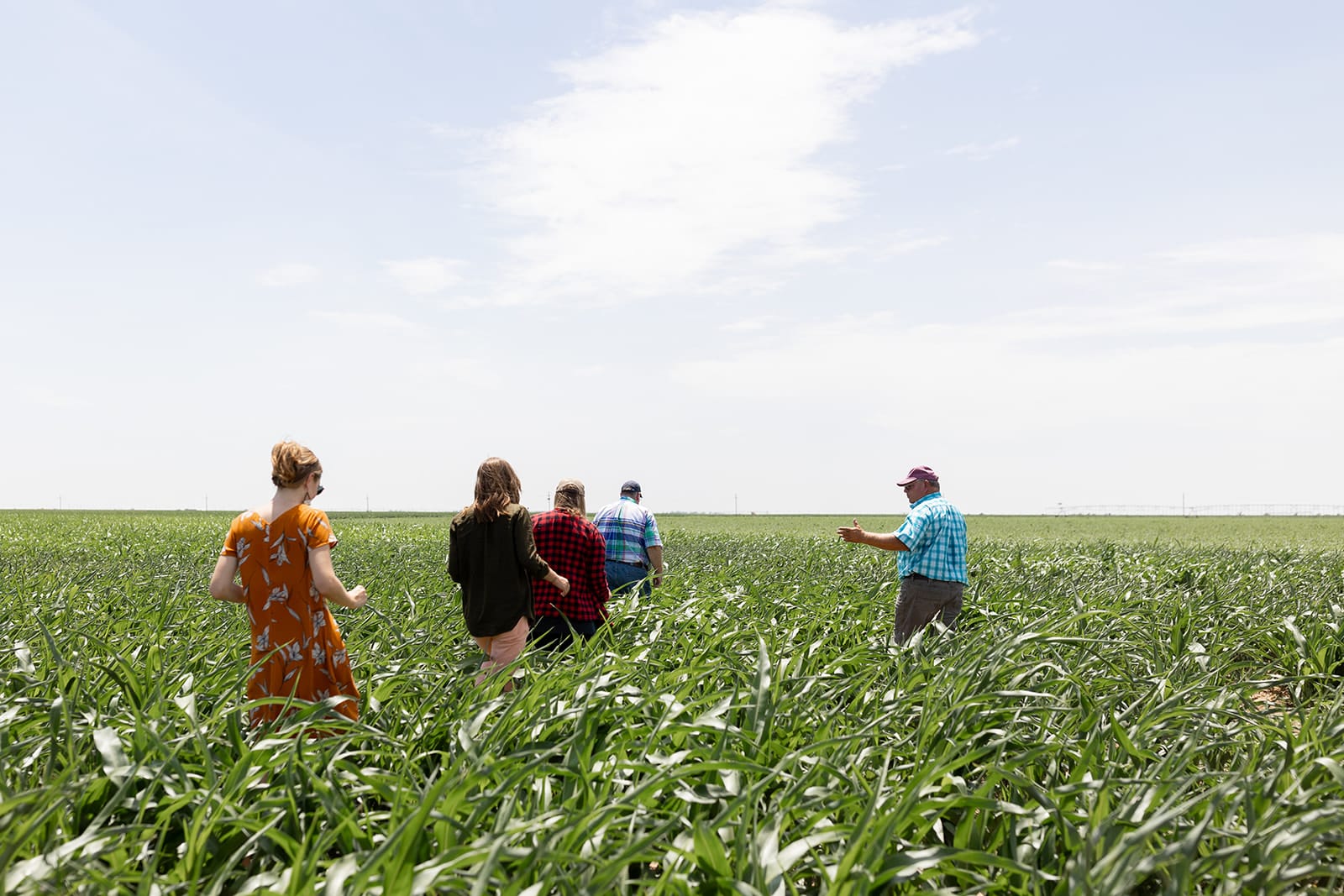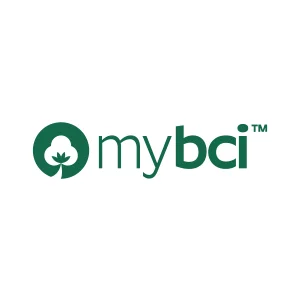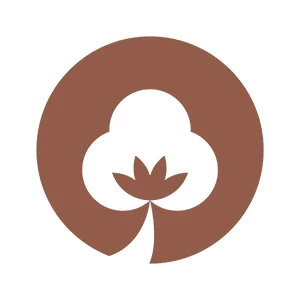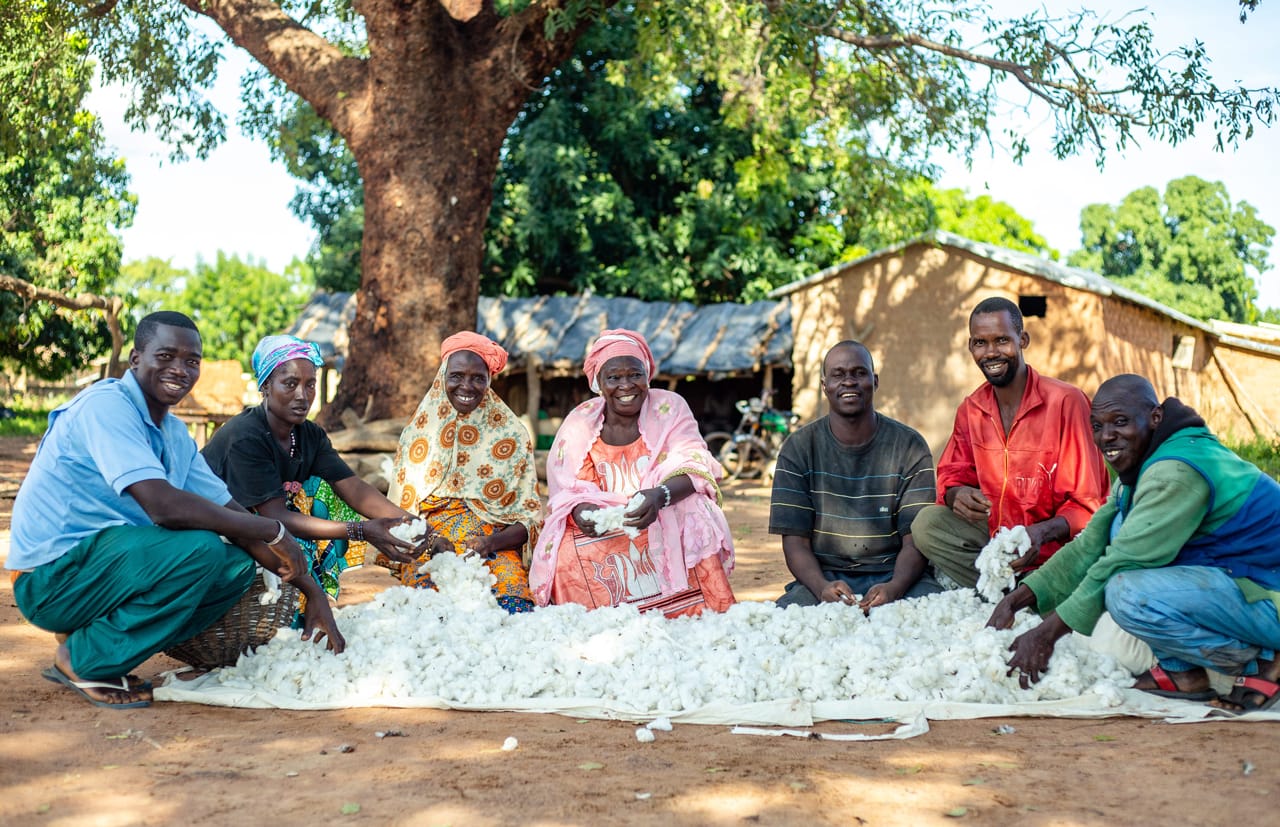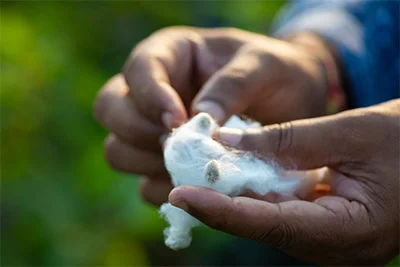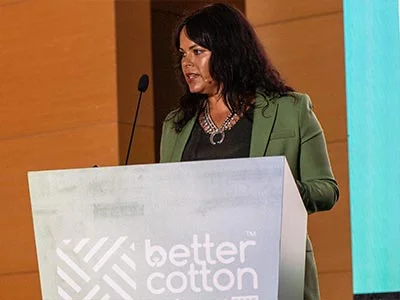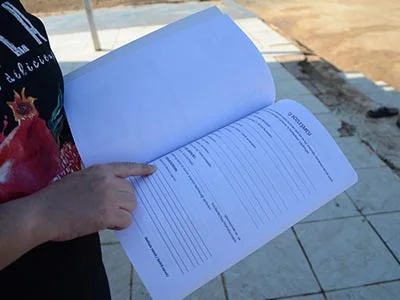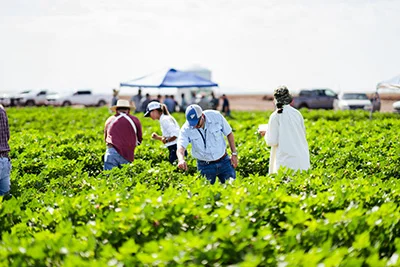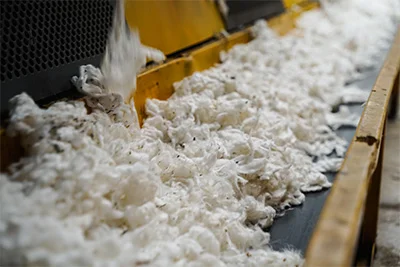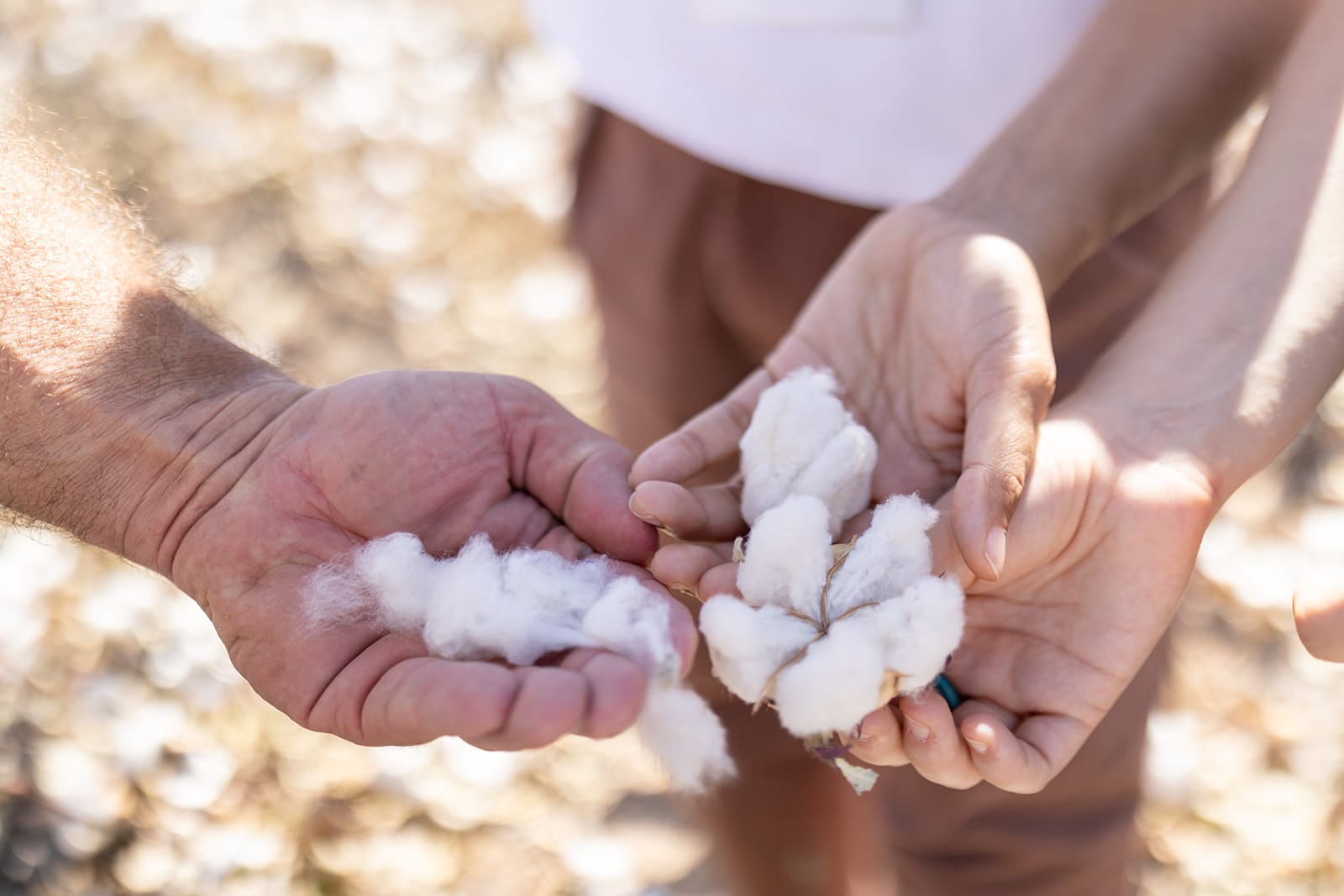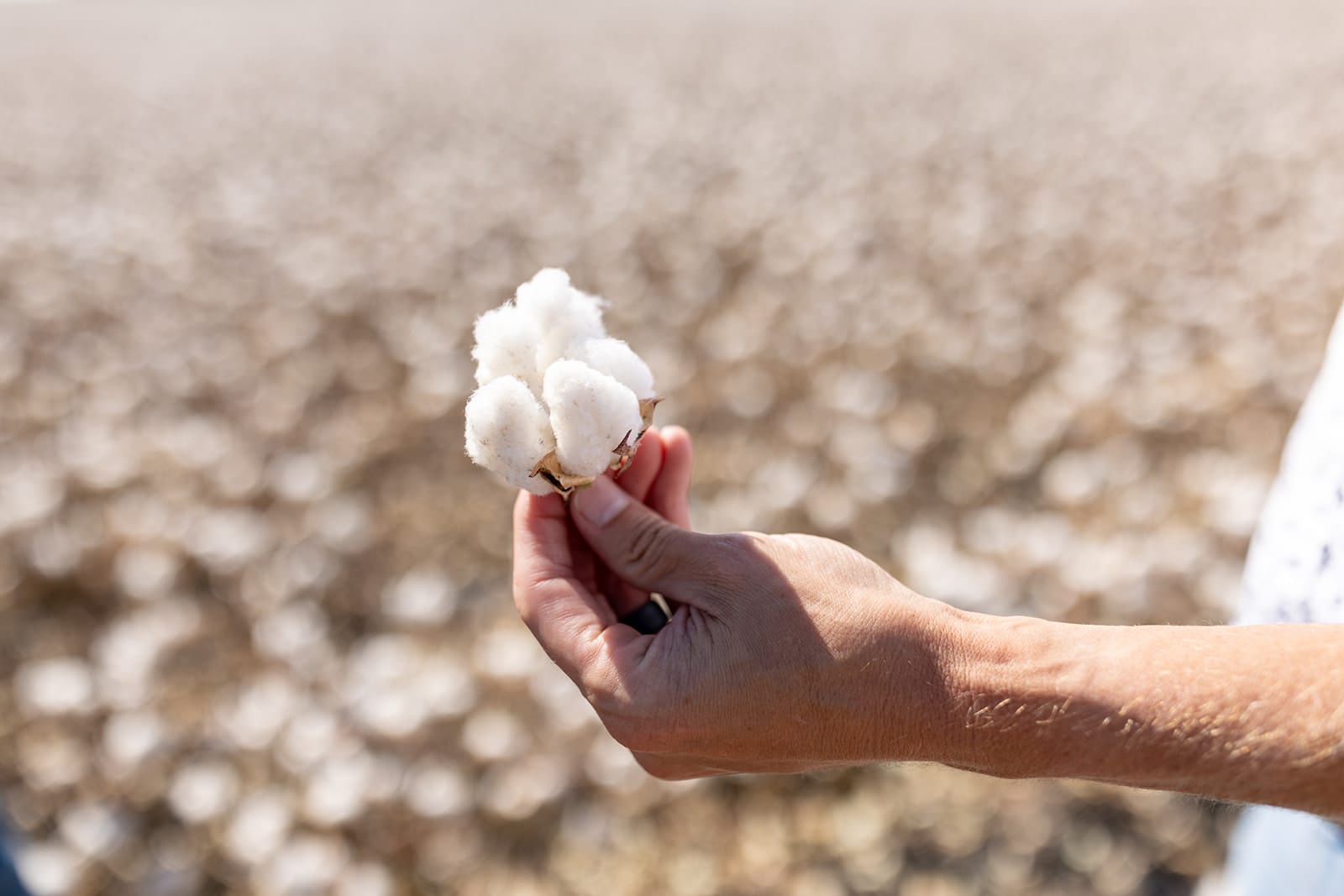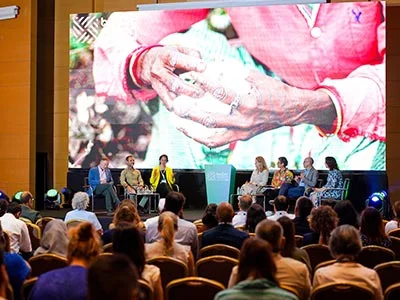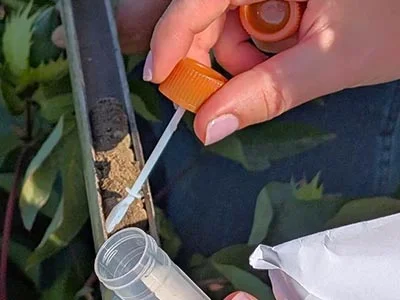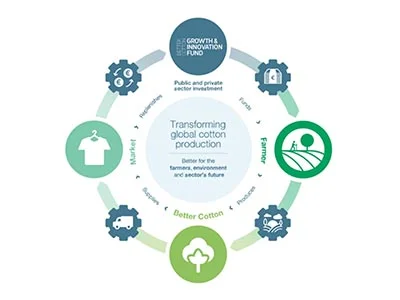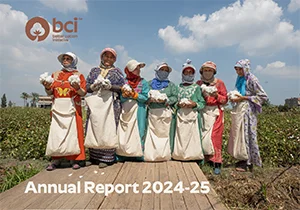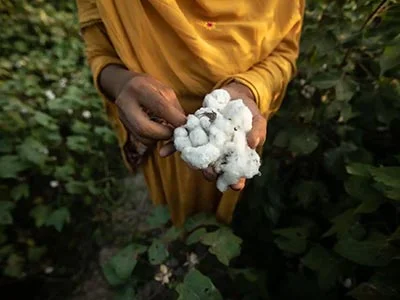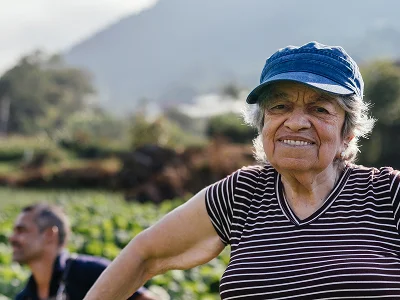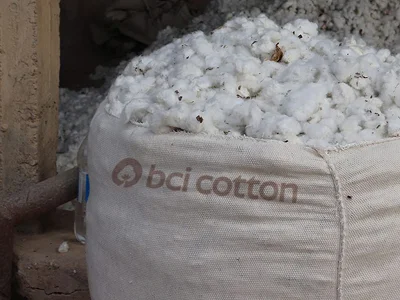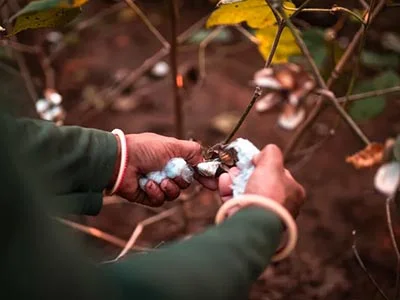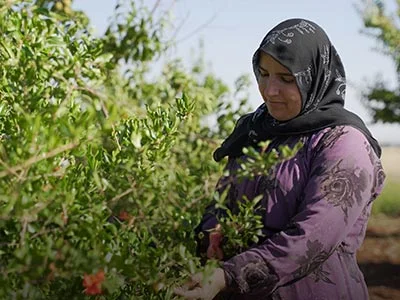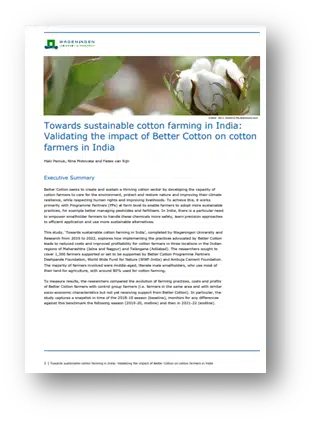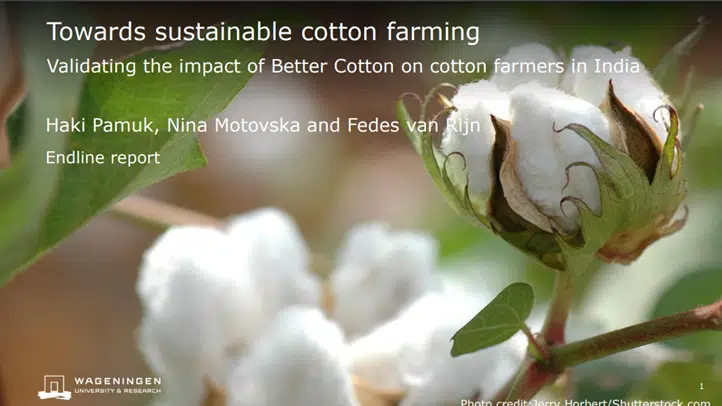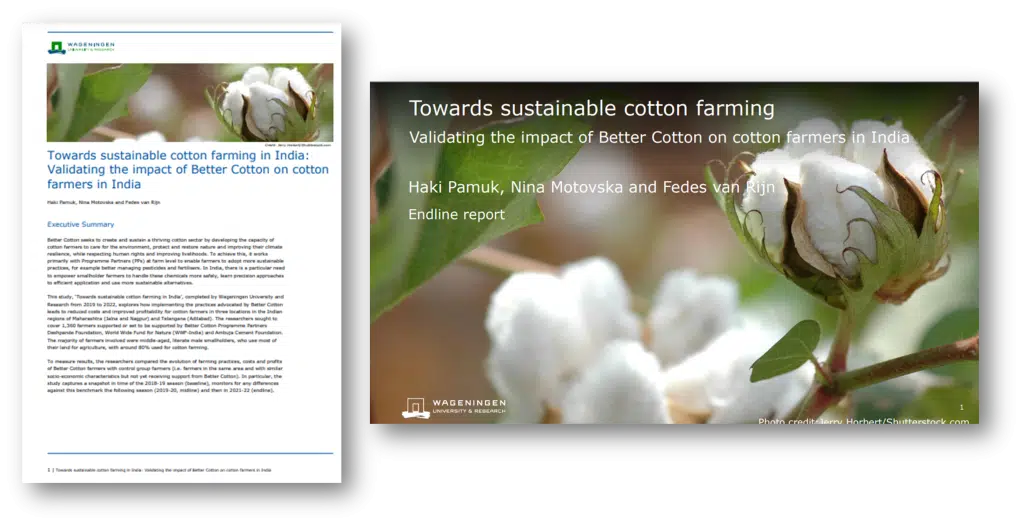
A brand-new study into the impact of the Better Cotton programme in India, conducted by Wageningen University and Research between 2019 and 2022, has found significant benefits for Better Cotton farmers in the region. The study, ‘Towards more sustainable cotton farming in India’, explores how cotton farmers who implemented Better Cotton recommended agricultural practices achieved improvements in profitability, reduced synthetic input use, and overall sustainability in farming.
The study examined farmers in the Indian regions of Maharashtra (Nagpur) and Telangana (Adilabad), and compared the results with farmers in the same areas who did not follow Better Cotton guidance. Better Cotton works with Programme Partners at farm level to enable farmers to adopt more sustainable practices, for example, better managing pesticides and fertilisers.
The study found that Better Cotton Farmers were able to reduce costs, improve overall profitability, and safeguard the environment more effectively, compared with non-Better Cotton Farmers.
Reducing pesticides and improving environmental impact
Overall, Better Cotton Farmers decreased their costs for synthetic insecticide by almost 75%, a notable decrease compared to non-Better Cotton Farmers. On average, Better Cotton Farmers in Adilabad and Nagpur saved US$44 per farmer during the season on synthetic insecticides and herbicides expenses during the season, significantly reducing their costs and their environmental impact.
Increasing overall profitability
Better Cotton Farmers in Nagpur received around US$0.135/kg more for their cotton than non-Better Cotton Farmers, the equivalent of a 13% price increase. Overall, Better Cotton contributed to an increase in farmers’ seasonal profitability of US$82 per acre, equivalent to about US$500 income for an average cotton farmer in Nagpur.
Better Cotton strives to ensure that cotton production is more sustainable. It’s important that farmers see improvements to their livelihoods, which will incentivise more farmers to adopt climate resilient agricultural practices. Studies like these show us that sustainability pays off, not just for reducing environmental impact, but also in overall profitability for farmers. We can take the learnings from this study and apply it in other cotton-growing regions.”
For the baseline, the researchers surveyed 1,360 farmers. The majority of farmers involved were middle-aged, literate smallholders, who use most of their land for agriculture, with around 80% used for cotton farming.
Wageningen University in the Netherlands is a globally important centre for life sciences and agricultural research. Through this impact report, Better Cotton seeks to analyse the effectiveness of its programmes. The survey demonstrates the clear added value for profitability and environmental protections in the development of a more sustainable cotton sector.

